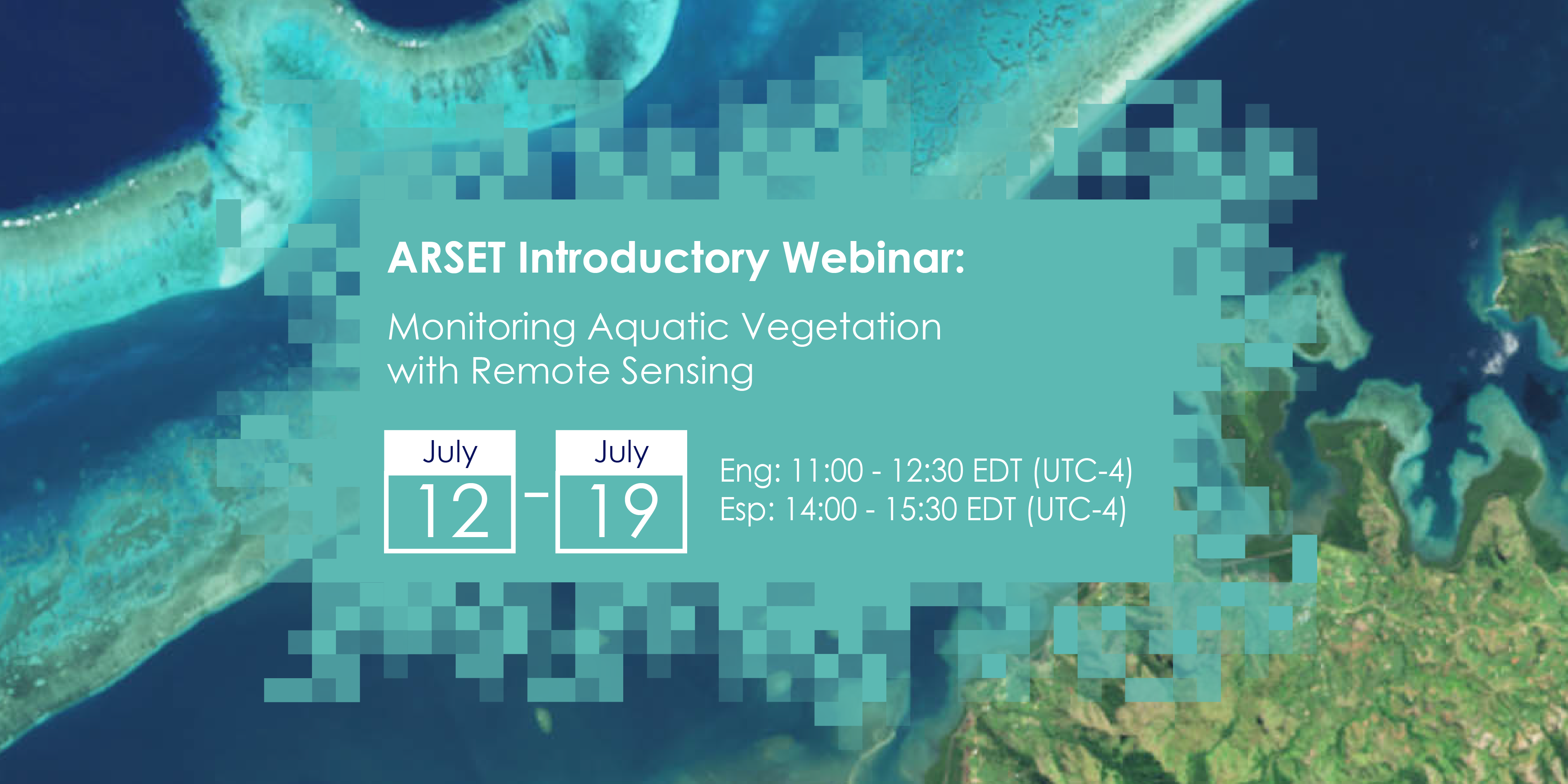Aquatic vegetation (AV) provides a habitat for numerous small invertebrate and fish species. Kelp forests, for example, are the dominant coastal ecosystem in temperate waters. The presence of AV in coastal waters is a normal occurrence, as it is an important component of the natural marine environment. Nevertheless, in the last decades, the appearance of increasingly abundant mats of certain floating species in other coastlines (i.e., Caribbean/Atlantic) has become a nuisance to local economies.
Sargassum mats, for example, are reaching coastal areas by tons every year and there is still not a clear hypothesis as to why this is happening. While these mats provide an important habitat for small invertebrate and fish species, they also affect the amount of light reaching shallow-water ecosystems like coral reefs and seagrass beds. Several NASA-funded efforts are currently using remote sensing techniques to monitor the presence of Sargassum in Caribbean and Atlantic waters, while others have a citizen science-oriented approach to follow giant kelp populations in the Pacific.
This training will combine basic information on the remote sensing of AVs, spectrometry of aquatic/coastal vegetation, and a demonstration of the NASA-funded Floating Forests citizen science tool.
Relevant UN Sustainable Development Goals:
- Goal 13: Take urgent action to combat climate change and its impacts
- Goal 14: Conserve and sustainably use the oceans, seas and marine resources for sustainable development
- Goal 15: Protect, restore and promote sustainable use of terrestrial ecosystems, sustainably manage forests, combat desertification, and halt and reverse land degradation and halt biodiversity loss
Course Dates: July 12, 14, & 19, 2022
Times and Registration Information:
English Session: 11:00-12:30 EDT (UTC-4): https://go.nasa.gov/3LtoVaT
Spanish Session: 14:00-15:30 EDT (UTC-4): https://go.nasa.gov/38JIcWX
Learning Objectives: By the end of this training attendees will be able to:
- Distinguish some types of submerged and floating aquatic flora
- Summarize the major features of AV spectral signatures
- Recognize the primary satellite sensors used for studying AV
- Become familiarized with a citizen science (Floating Forests) tool for classifying kelp forests in the west coast of the United States
- Discover remotely-sensed and in situ tools to study the presence of seaweed in the Atlantic/Caribbean including the Sargassum Watch System (SaWS)
Audience: This webinar series is intended for local, regional, state, federal, and non-governmental organizations involved in land and coastal ecosystems management. Applied scientists and GIS professionals interested in learning how to assess the presence of aquatic vegetation independently.
Course Format: Three, 1.5 hour parts

